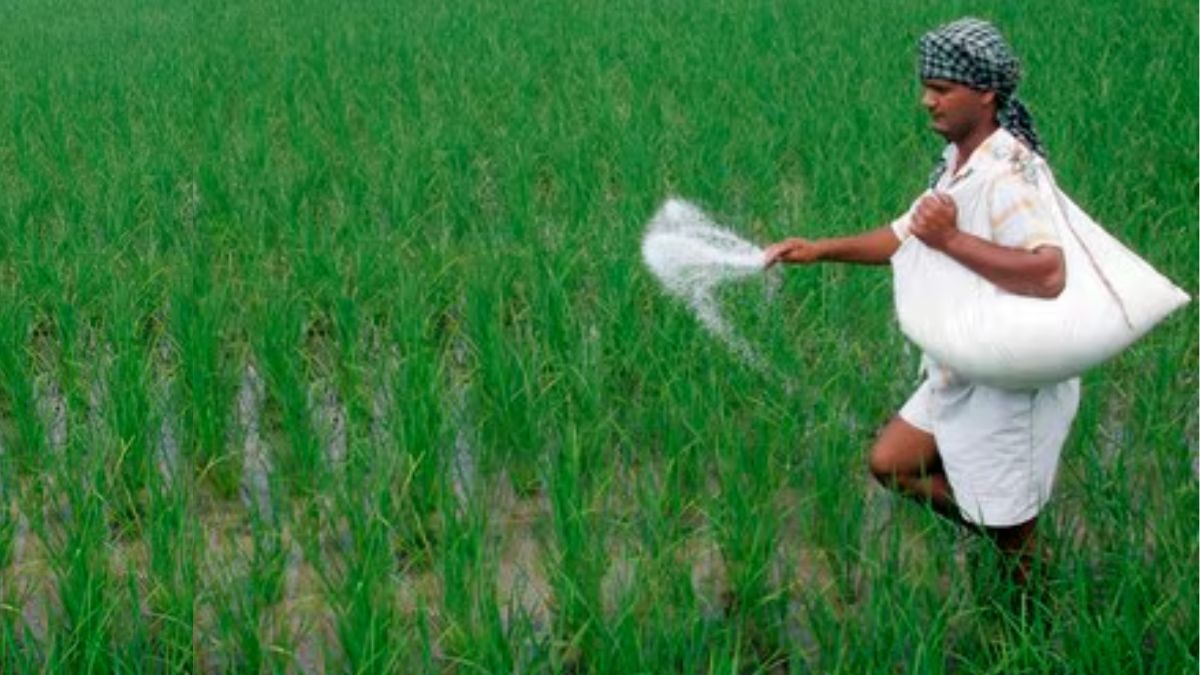Agriculture is a cornerstone of India’s economy, providing employment to almost half of the population and playing a vital role in the country’s GDP. However, the paradox of plenty persists: despite India’s position as one of the top global crop producers, a staggering amount of agricultural produce is wasted annually due to inadequate storage and supply chain inefficiencies. This wastage, estimated at around 40% in some crops, directly impacts farmer incomes and national food security. Tackling this issue is essential not only for economic reasons but also for societal well-being.
The Scale of the Problem
India’s agricultural supply chain is riddled with inefficiencies. One of the most critical bottlenecks is post-harvest management, particularly storage. Most farmers lack access to modern storage facilities, forcing them to sell their produce immediately after harvest when market prices are low. This not only erodes their bargaining power but also exacerbates financial instability.
Perishable produce such as fruits, vegetables, and dairy are especially vulnerable. Poor cold storage infrastructure leads to significant losses before the products even reach the market. The Food and Agriculture Organisation (FAO) estimates that India loses approximately ₹90,000 crores worth of food annually to post-harvest waste. Any program addressing this issue can fund itself within a year or two, as the savings from reduced wastage would far outweigh the initial investment. While reducing storage losses is crucial, achieving the ambitious goal of doubling farmer incomes requires a multi-faceted strategy.
What Should the 2025 Union Budget Do?
The 2025 Union Budget presents an opportunity to make transformative interventions. Here are six key recommendations:
Establish an Agriculture Infrastructure Department
A dedicated Agriculture Infrastructure Department under the Ministry of Infrastructure is essential. Just as India develops roads, railways, ports, and airports, the time has come to create comprehensive storage infrastructure close to villages, integrated with cold storage vans and warehouses. An allocation of ₹1 lakh crore for this initiative could significantly reduce waste and recover the investment within two years by saving produce otherwise lost to poor storage conditions.
Encourage Private Enterprise in Storage Infrastructure
Private players should be incentivised to invest in storage and logistics through:
o Low-Cost Credit: Loans at a subsidised interest rate of 4% per annum.
o Infrastructure Status: Treat storage projects as infrastructure to offer tax benefits, two-year repayment holidays, and extended loan repayment terms of up to 10 years.
Promote Agro-Processing MSMEs
The government should provide grants to Micro, Small, and Medium Enterprises (MSMEs) for setting up processing units to produce value-added goods like jams, juices, and pickles. This initiative will reduce wastage, boost farmer incomes, and generate employment.
Expand e-NAM and Leverage Technology
Strengthening the National Agricultural Market (eNAM) will help farmers connect directly with buyers, reducing dependence on intermediaries and ensuring better prices. To bridge the technology gap, the government can engage LIC agents or similar facilitators to assist farmers with e-platforms and price discovery.
Diversify Government Procurement Practices
The government should shift a portion of its procurement budget from rice and wheat to high-value crops like fruits and vegetables. For the first three years, guaranteed procurement at fair prices can incentivise farmers to diversify. Gradually, the government can phase out its role by entering into back-to-back agreements with the private sector or utilising online sales platforms.
Expand and Simplify Existing Schemes
Programs like the Pradhan Mantri Kisan Sampada Yojana (PMKSY) and Gramin Bhandaran Yojana must be scaled up to reach more farmers and regions. Simplifying the application process and ensuring timely implementation will enhance the effectiveness of these schemes.
The Road Ahead
Reducing agricultural waste and doubling farmer incomes are twin goals that require the coordinated efforts of all stakeholders—governments, private enterprises, non-profits, and farmers themselves. With India aspiring to become a $5 trillion economy, empowering the agricultural sector is non-negotiable.
The ripple effects of addressing these challenges are far-reaching. Farmers will enjoy improved financial stability, rural communities will prosper, and the nation will edge closer to achieving food security and economic resilience. By prioritising sustainable and inclusive growth in agriculture, India can transform its rural landscape and secure a brighter future for millions.
Ravichandran Venkatraman, an educationist and founder of Alive Consulting. Views expressed in the above piece are personal and solely those of the author. They do not necessarily reflect Firstpost’s views.
)